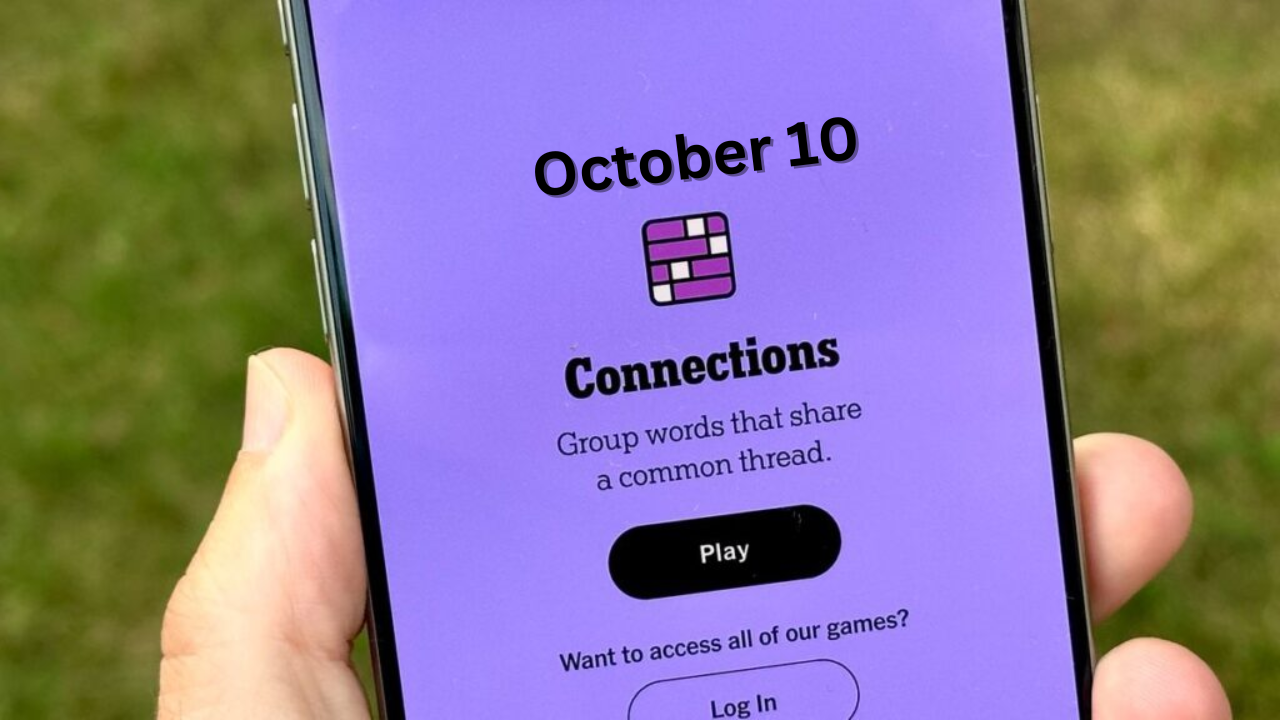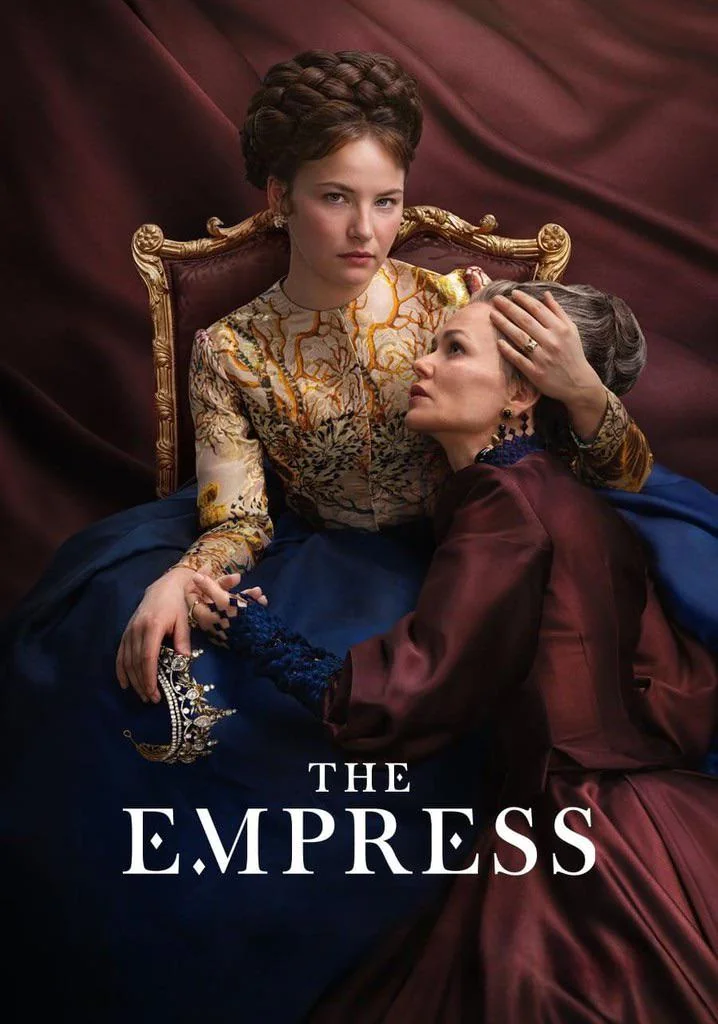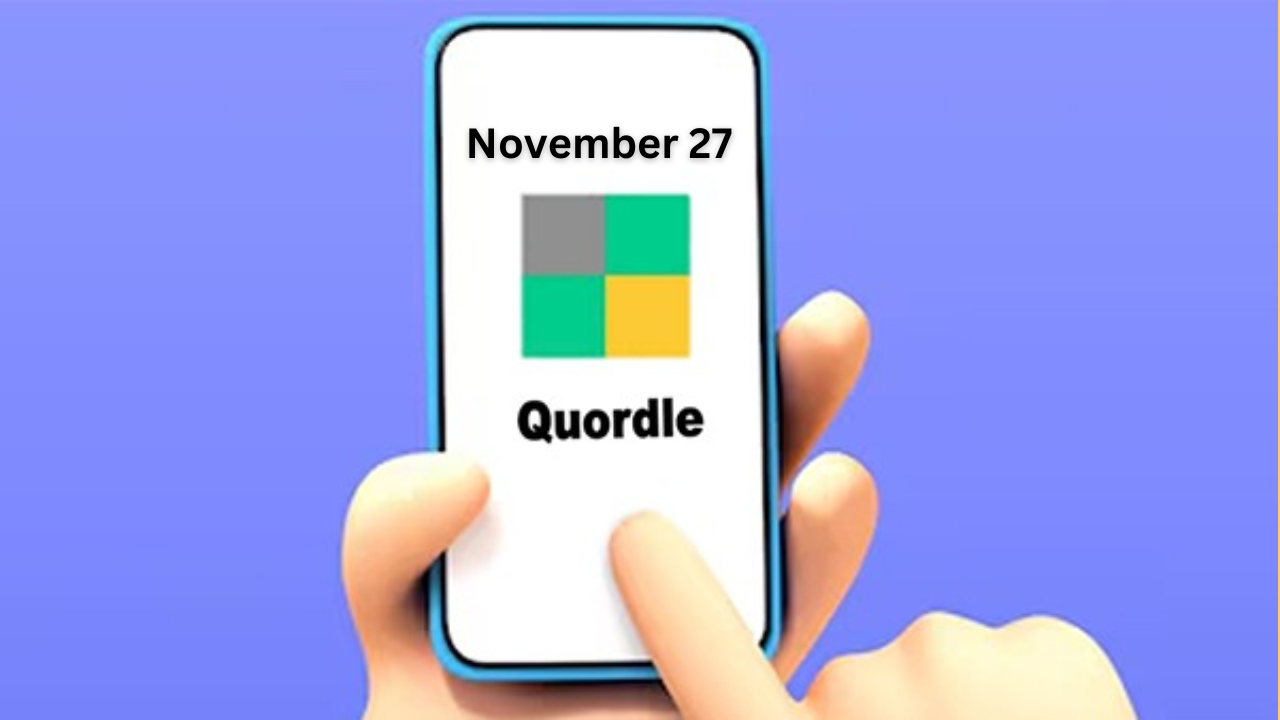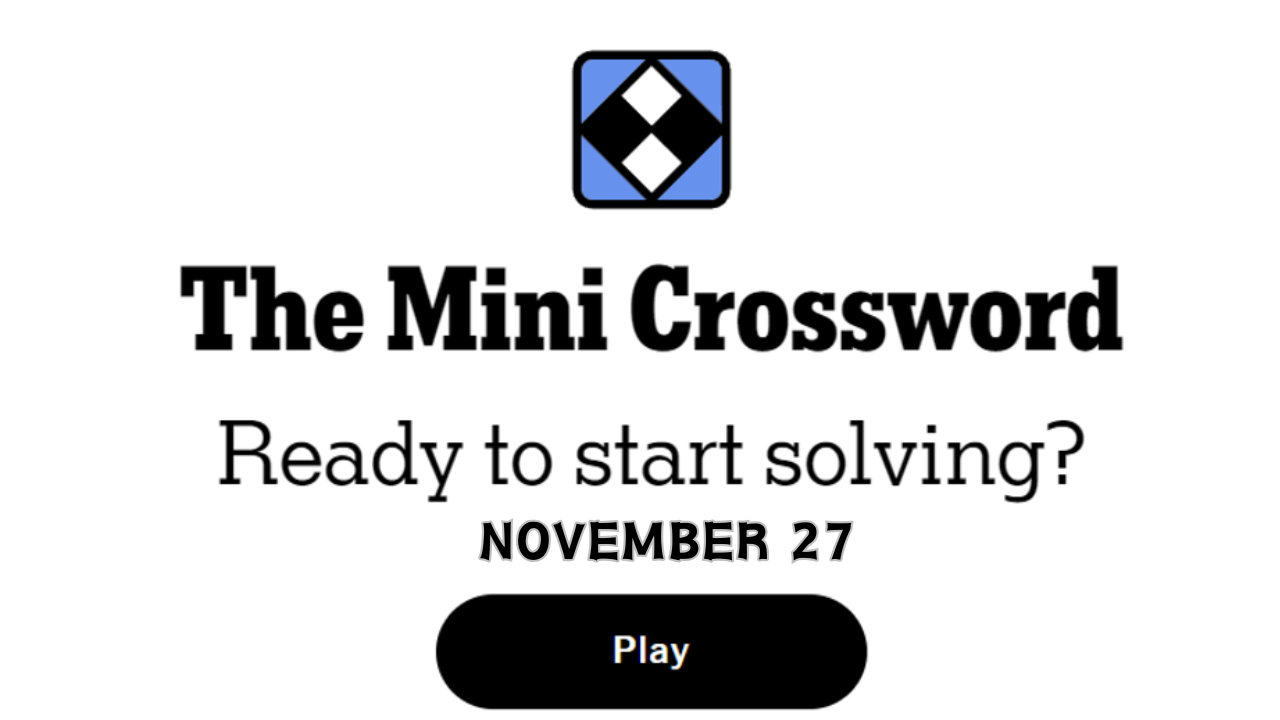NYT’s Connections is an engaging daily word puzzle that has captured the attention of online gamers. Developed by Wyna Liu, an associate puzzle editor at The New York Times, this game challenges players to group 16 seemingly random words into four categories based on shared themes. The game has become a social media sensation, with players frequently sharing their successes, strategies, and occasional frustrations on platforms like X (formerly Twitter).
Each puzzle is designed with a color-coded system that indicates the difficulty level of each category: yellow (easiest), green (easy), blue (medium), and purple (hardest). This structure adds an element of strategy, as players must decide how to approach the puzzle based on their strengths and weaknesses.
Today’s Connections Hints
For those diving into today’s Connections puzzle, here are some hints to guide you through the categories:
Yellow Category: Humans have these.
Green Category: Even older generations had their own expressions for “cool.”
Blue Category: Films that many of us have watched.
Purple Category: All elements featured in a specific song.
These hints are designed to help players think critically about the words presented and make connections that may not be immediately obvious.
Today’s NYT Connection’s Categories and Answers
Today’s Connections puzzle features four distinct categories, each with its own set of answers:
Yellow – BODY PARTS
Arm
Eye
Hip
Leg
Green – COOL, IN ’80S SLANG
Bad
Fly
Ill
Rad
Blue – MOVIES
Big
Elf
Her
Saw
Purple – WORDS IN “DO-RE-MI”
Doe
Far
Sew
Tea
These answers reflect common themes that can be tricky to identify, especially under the pressure of time.
Suggested read: Else Review (2024): A Unique Mix of Horror and Romance
Strategies for Success
To excel at Connections, consider employing these effective strategies:
Start with Yellow
Since the yellow category is typically the easiest, focusing on identifying body parts can provide a solid foundation for solving the rest of the puzzle. Once you’ve secured this group, it can serve as a springboard for tackling the more challenging categories.
Group by Themes
Look for words that share cultural or contextual ties. For example, in the green category, you’ll find slang terms from the 1980s that evoke nostalgia and familiarity. Similarly, the blue category features movies that many people have likely seen, making it easier to identify connections based on shared experiences.
Delay Guesses
Resist the urge to guess immediately when faced with uncertainty. Take your time to analyze the grid and consider all possible connections before making a selection. Occasionally, taking a step back and looking at the words from a new perspective can result in significant insights.
Use the Shuffle Button
If you find yourself stuck, don’t hesitate to use the shuffle button. This feature can provide a fresh perspective on the words and help you see potential connections that weren’t apparent before.
Conclusion
The October 10 Connections puzzle presents a fun yet challenging opportunity for word enthusiasts of all levels. With its engaging format and varied difficulty levels, it continues to captivate players daily. Whether you’re a seasoned veteran or a newcomer to the game, these hints and strategies can enhance your experience and improve your chances of success.
As you tackle today’s puzzle, remember that patience and critical thinking are key components of solving Connections. Good luck with today’s challenge! And if you find yourself craving more word games after Connections, consider exploring other offerings from The New York Times or similar puzzles online. Happy puzzling!









